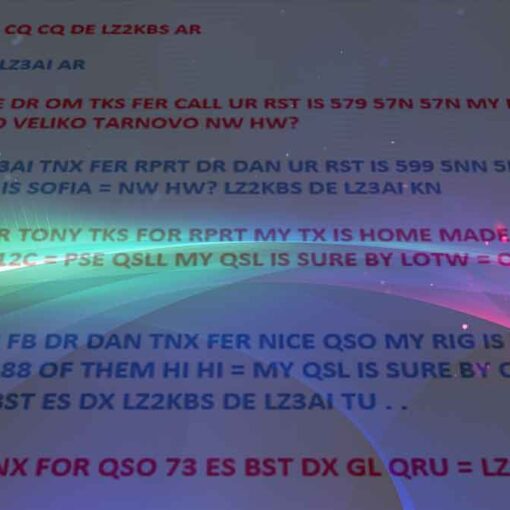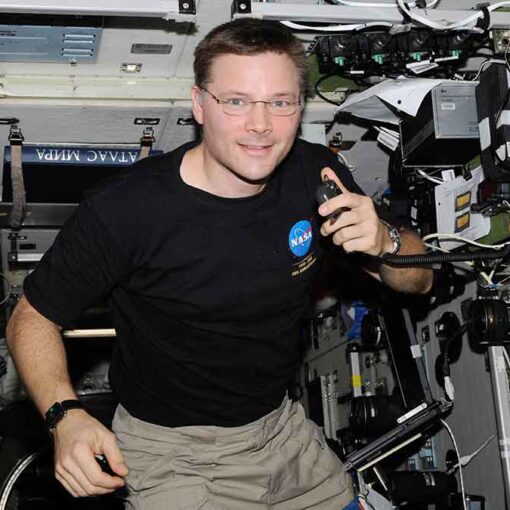
Use of “?” instead of “QRL”
Before using an apparently free frequency, you should check to see if anyone is here (perhaps you can’t hear one of the correspondents in the QSO because of the walkthrough).
The normal procedure is: transmit “QRL?” (on CW) or ask “is this frequency in use?” (on telephony).
On CW, some simply transmit “?” because it is shorter and would potentially create less QRM if someone is using that frequency.
But “?” can be interpreted in many ways (it communicates: I am asking a question, but it does not communicate what…). So always use “QRL?”. Although rare, passing a question mark can cause bad confusion.
Transmitting “DIT DIT” at the end of a QSO
At the end of the QSO, the two partners in the connection often exchange as the last code two TIs with a slightly longer interval between them (similar to e e). It means and sounds like bye-bye.
Fixing a reported bug
You feel that you have made a mistake in transmission. Immediately stop transmission, wait a fraction of a second and transmit the merged character “NN” (= 8 times DIT ). It’s not always easy to pass exactly 8 TIs, you’re already angry about the mistake you made, and now you have to pass exactly 8 DITs: DIT DIT DIT DIT DIT DIT DIT DIT , not 7, not 9!
In everyday practice, many hams transmit only a few (for example, three) DITs with an extra pause between them: “DIT _ DIT _ DIT ”. These TIs separated by an additional pause indicate that no letter or number is being transmitted.
Repeat the word you got wrong and move on.
Often even these three DITs are missed. When the transmitter notices that he has made a mistake, he stops for about a second and repeats the wrong word again.



